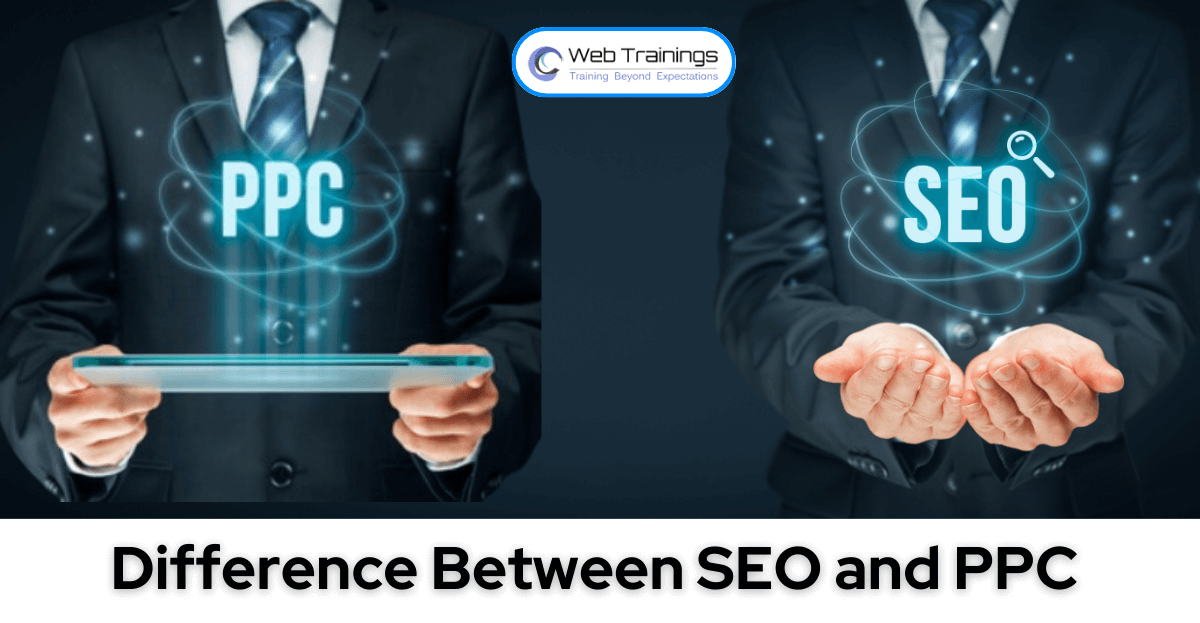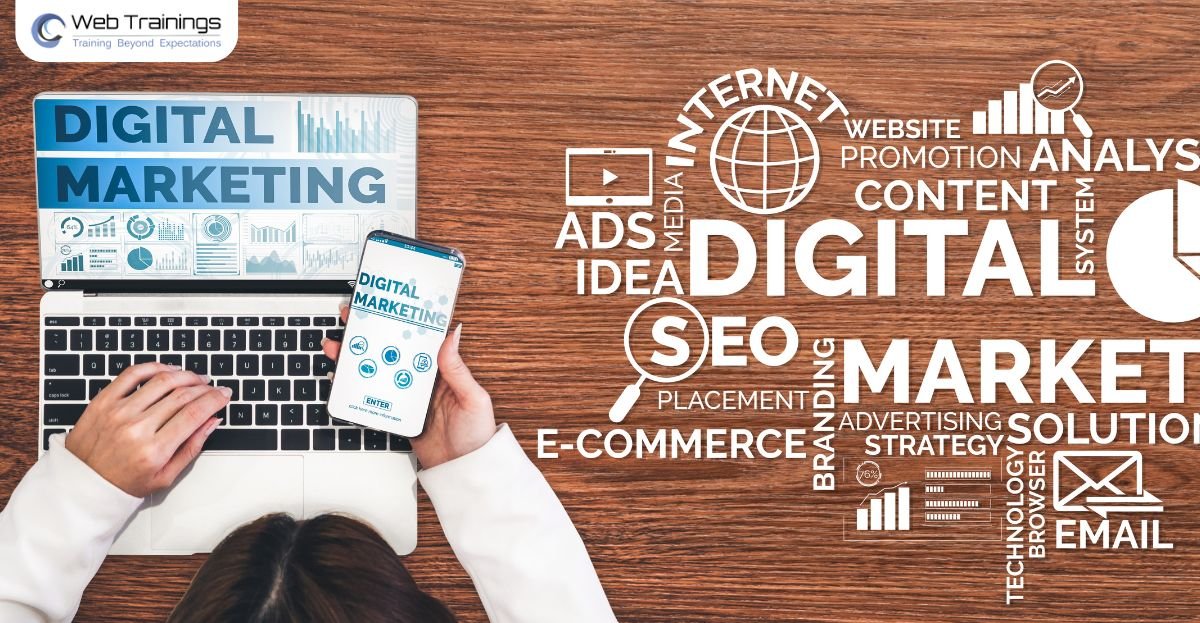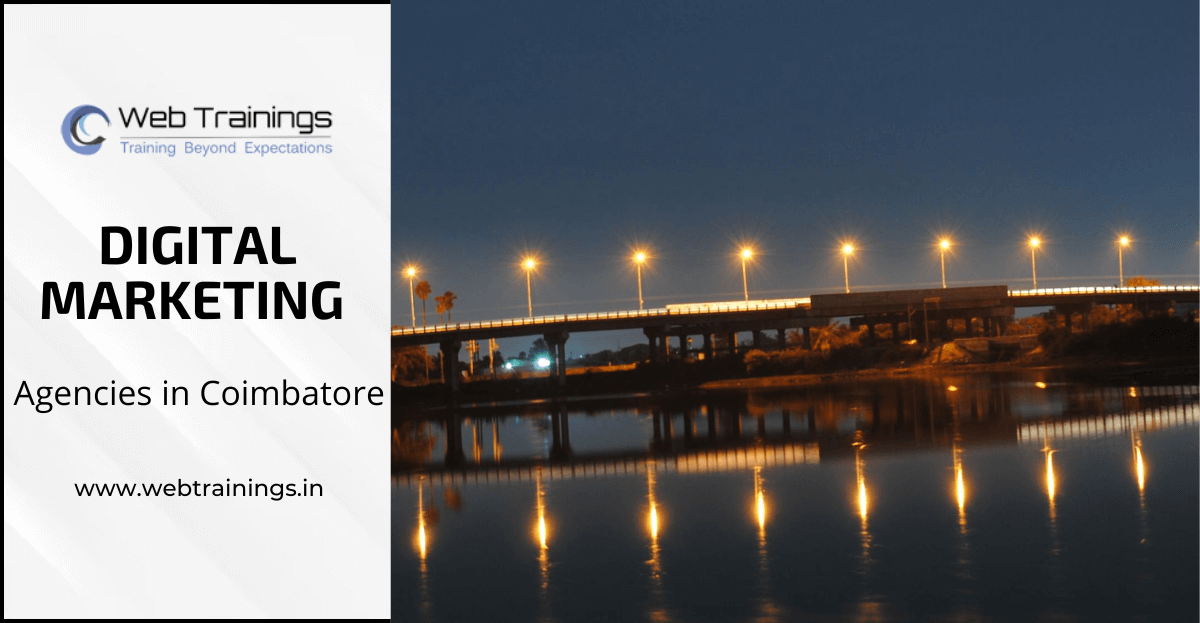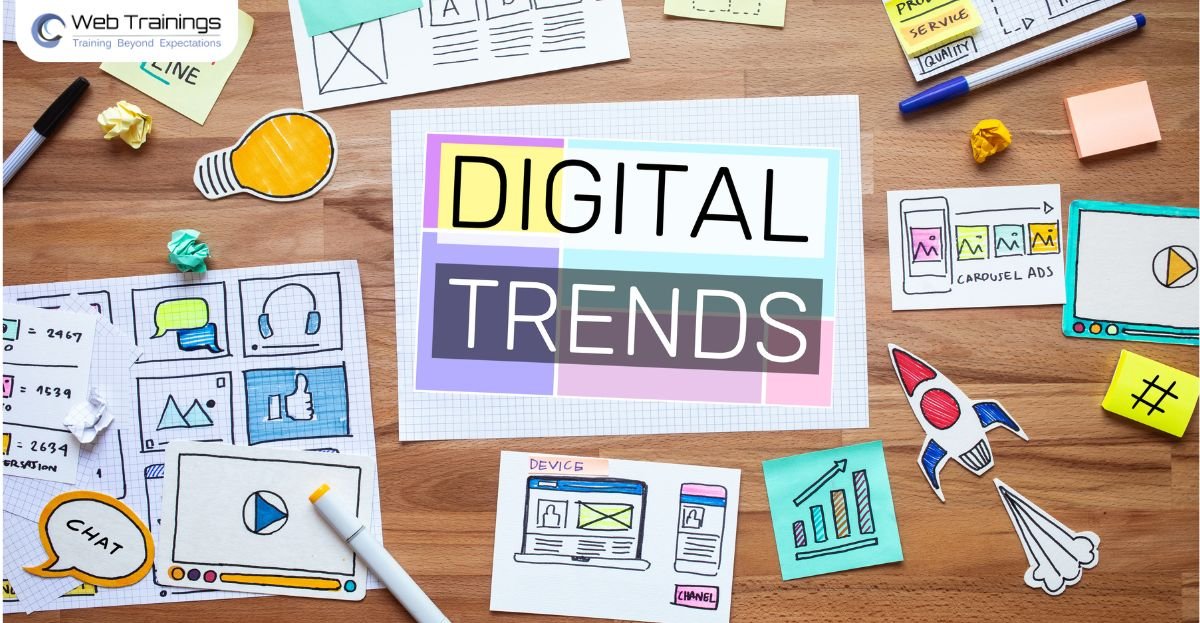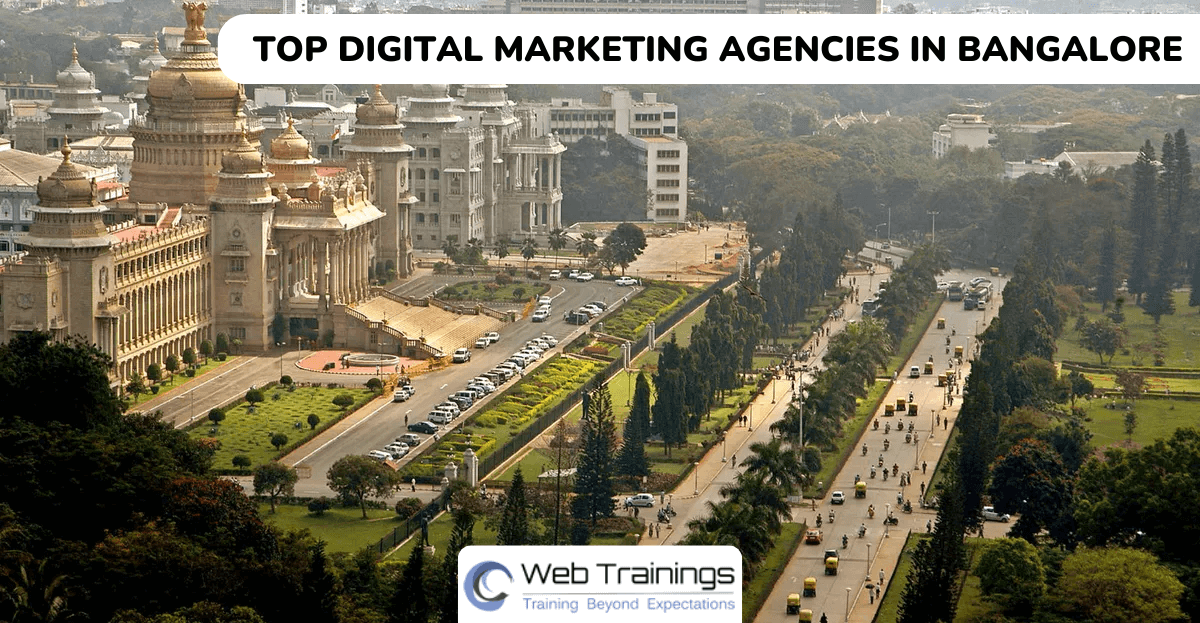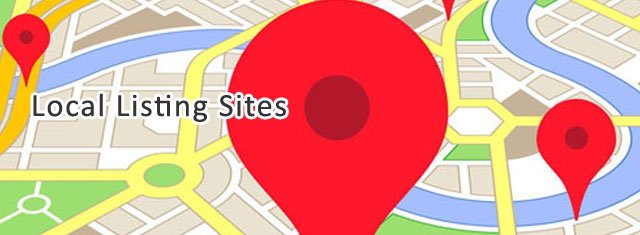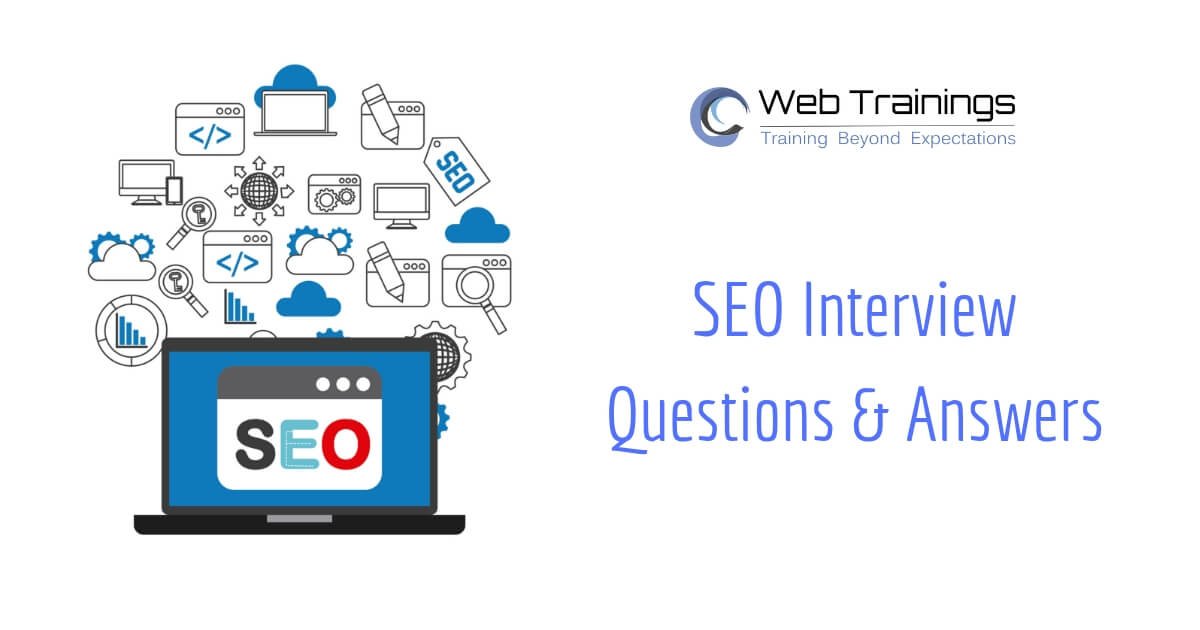Digital marketing has two strategies that are very popular and successful: pay-per-click (PPC) advertising and search engine optimization (SEO). Although they function very differently and have various uses within a larger digital marketing plan, both of these strategies are crucial for increasing website visitors. SEO establishes long-term growth, but PPC provides a quick boost to visibility.
The differences between search engine optimization and pay-per-click are that SEO concentrates on getting through traffic from organic search, and PPC concentrates on obtaining traffic from sponsored search and social media.
PPC (pay-per-click) and SEO (search engine optimization) are two different digital marketing tactics with other methods. In order to achieve long-term, sustainable growth, SEO will work to improve a website to rank organically in search engine results.
In order to position your company for success, you must develop a potent digital marketing strategy.
It would help if you considered which of the several methods you might use is most appropriate for your business. Pay-per-click advertising and search engine optimization are two of the most popular marketing strategies. When comparing SEO vs. PPC, these choices can be helpful, but it’s important to understand how the two types of marketing differ from one another. Understanding the differences between PPC and SEO is essential to ensuring that you are using the right strategy.
PPC and SEO are two different approaches to digital marketing. While PPC uses paid advertisements for instant visibility, SEO focuses on generating organic traffic through content optimization. Understanding the difference between SEO and PPC is essential for effective digital marketing.
What is Search Engine Optimization (SEO)?
Search Engine Optimization (SEO) is the process of improving a website’s visibility and ranking on search engine results pages (SERPs). includes improving things like the content, keywords, meta tags, and backlinks. The goal is to make the website more appealing to search engines so that it ranks higher in search results. By implementing SEO strategies, website owners aim to increase organic traffic to their site, improve the user experience, and ultimately achieve higher rankings on search engine results pages. Effective SEO can lead to increased website visibility, more clicks, and ultimately, more conversions. It’s an essential aspect of digital marketing and can significantly impact a website’s success online.
It Includes Some Factors:
1. Keyword research: Finds what people are searching for.
2. On-page SEO: It includes content that searchers are looking for.
3. Off-page SEO: Build trust and authority from other websites.
4. Technical SEO: It focuses on the technical aspects of a website, such as sitemaps, canonical links, robot.txt files, and redirections.
1. Keyword research:
Keyword research is the process of finding and selecting the words or keywords that people are likely to use when searching for information or services on the internet. It involves identifying the terms that are relevant to a particular topic or business and have the potential to drive traffic to a website.
By understanding the language and queries used by the target audience, businesses can optimize their content to match these keywords, improving their chances of being discovered by users through search engines like Google.
It helps you:
1. Find out what people are searching for online.
Keyword research means finding and studying the words and phrases people often type into search engines when they’re searching for stuff like services or products. That’s what people are searching for online.
2. Recognize the intent behind a keyword to meet the needs of users suitably.
3. It makes your website visible on search engine
4. define what your content is about
Types of Keyword Research Queries
1. Informational query:
An informational inquiry is one in which the user’s main objective is to locate a specific piece of information or to get an answer to a certain question.
2. Transactional query:
A transactional query indicates a buyer is searching to buy a specific item but needs help determining where to get it from.
3. Navigational query:
A navigational query is when someone uses a search engine to find a specific website or webpage. With the use of navigational questions, users may quickly locate the website they’re looking for without having to sort through search results.
2. On-page SEO
On-page SEO involves various elements such as researching keywords, optimizing URLs, meta tags, header tags, placing keywords within content, optimizing images, and other related factors.
An essential component of SEO optimization is on-page SEO. Here’s where you build the pages of your website and apply certain strategies to rank as highly as possible on search engine result pages (SERPs), which will increase traffic to your website. The goal of on-page SEO is to increase your website’s visibility in search engine results while also making it more user- and search-engine-friendly.
On-page elements
1. Title tags:
An HTML element called a title tag (also known as a tag) gives search engines and web browsers a title for the page. It may show up in link previews for the page and search engine results
2. Meta Description:
Meta descriptions are frequently shown by search engines in search results, providing users with an overview of the kind of content that will be available on a particular webpage.
3. URL optimization:
URL optimization means making the web addresses (URLs) of your website more user-friendly, relevant, and easy to understand.
4. Content optimization:
Content optimization is the process of optimizing your content to ensure it gets higher search engine rankings and is therefore more visible online.
5. Internal linking:
Internal linking in SEO involves connecting different pages within your website by using hyperlinks. Creating a network of links within a website through internal linking facilitates user and search engine research and understanding of the content on the site.
3. Technical SEO
The adjustment of a website’s technical elements to improve its search engine performance and visibility is known as technical SEO. To put it another way, it involves making sure a website is set up such that search engines can easily crawl and index its pages, which is going to enhance its rankings in search results.
Technical SEO includes:
1. Sitemaps:
Think of a sitemap as a guidebook for your website. It’s like drawing a map for search engines to navigate through your site. This map lists out all the important pages, videos, and files on your website, making it simpler for search engines to explore and understand what your site is all about. It’s a helpful tool that ensures search engines don’t miss any important content when they’re scanning your website.
2. Canonical Links:
To avoid being hit by Google for sub-URL pages and to control duplicate content pages, Google canonical tags in SEO are like a special instruction that helps search engines understand the preferred or main version of a webpage.
3. Robots.txt file:
For SEO purposes, a robots.txt file indicates to search engine robots (also known as “bots”) which areas of your website they may safely ignore and which ones they can crawl and index. A robots.txt file tells search engine crawlers which URLs they can access on your site.
4. Redirection:
When a user or a search engine tries to access a specific URL, they are automatically sent to a different URL. They are sending visitors from one web link to another web link.
4. Off-page-SEO
It involves building a positive online reputation, creating backlinks from other reputable websites, and engaging in social media promotion. While on-page SEO focuses on optimizing content and structure within your site, off-page SEO is about building backlinks to the website.
Do follow and no follow refer to the concept of whether the link is passing the value or not.
1. Directory submissions: A directory website has a collection of websites grouped into categories. These sites provide a do-follow backlink.
2. Social bookmarking: Social bookmarking is a way for users to save, organize, and share web pages or links to interesting content on the internet. Social bookmarking is the process of generating backlinks from social book marketing sites.
3. Business listing submissions: Business listing submissions refer to the process of submitting a business’s information to online directories or platforms that list businesses in a specific industry or location.
4. Classified submissions: Classified listing submission is the process of posting advertisements or listings for products, services, or jobs on online classified websites.
5. Social media submissions: social media submission refers to the process of submitting and sharing content on social media platforms. Twitter, Facebook, Instagram, or YouTube account
Advantages of SEO
1. Long-term results:
It builds your audience. Every time a person reads your content, you have a new member of your audience. The long-term results of SEO (search engine optimization) involve improved visibility and sustained traffic for a website over an extended period.
2. Cost-effective:
SEO is a more affordable option for directing organic traffic to your content than paid advertising. Compared to PPC, SEO traffic is technically “free” because you aren’t paying the search engines for each click.
3. Organic traffic:
Increase website traffic by optimizing your content for search engines, which draws more users to your website.
4. Improve trust and credibility:
This trust and credibility will let people come to your website for more information. Having a higher search engine ranking increases awareness of your brand and content.
5. Visibility:
SEO helps your content show up in search results, making it easier for people to find it.
Disadvantages of SEO
1. Results will take time:
SEO takes time to show results in search engines. High-quality SEO efforts take time to build and boost search engine ranks and visibility.
2. Algorithm changes:
Search engines frequently update their algorithms, impacting SEO strategies, which affects SEO tactics
3. Tough competition for keywords:
Everyone is trying to optimize their content, and there is competition for top positions in search results. There is high competition among the keywords that searchers will search for.
4. Risk of Penalties:
Search engine penalties could damage the visibility of your content if SEO strategies are found to be against search engine standards. Like black hat SEO.
5. Complexity:
Understanding and implementing SEO can be complex, especially for beginners.
What is pay-per-click (PPC)?
In pay-per-click, or PPC, marketing, advertisers are charged a fee each time one of their ads is clicked. But you only have to pay for advertising when someone clicks on your link.
It is simply a way to both drive organic website traffic and “buy” visits to your site. It’s a way of buying visits to a website rather than earning them organically. Companies approach this by offering money for specific words that relate to their products or services. When people search for those words, the ads show up either at the very top or bottom of the search results page. PPC is a preferred option for companies looking to enhance brand awareness, boost traffic to their websites, and achieve specific online marketing goals since it provides a flexible and dynamic advertising solution.
Platforms for advertising PPC ads
1. Google Ads:
Google Ads is one of the most widely used PPC platforms. You can use Google Ads to market your company, aid in the sale of goods or services, create awareness, and increase website traffic.
Google is the most used search engine; using Google Ads will get you the most impressions. Selecting the right ad structure and keywords is important.
2. YouTube ads:
The main goal of YouTube ads is to increase visibility, engagement, and conversions through video content. Advertising options are available on the YouTube platform, which is owned by Google. People find it easier to choose your business when they see YouTube ads. Use video ad campaigns to increase revenue, subscribers, website traffic, and other metrics.
3. Display ads:
Display ads are advertisements that appear on websites, apps, or social media platforms. Display advertising, which appears on search engine results pages, is displayed to people who are exploring content on a variety of online platforms
4. Facebook ads:
Facebook advertising is targeted at users based on their age, location, and profile information.
Types of Facebook ads include image and video ads, carousel ads, slide show ads, and collection ads.
5. Paid search marketing:
One of the most popular forms of pay-per-click (PPC) advertising is paid search marketing. Providers like Google AdWords and Bing Ads show users that search for specific keywords in your advertisement. Campaign setup involves creating ad wording, selecting relevant keywords, and deciding on a suitable landing page for your website.
Advantages of PPC
1. Quick results:
PPC campaigns can generate immediate results. Once the campaign is set up, ads can start appearing in search results, and traffic to the website can increase rapidly.
2. Immediate Visibility:
PPC ads appear prominently on search engine results pages, giving businesses immediate visibility to potential customers actively searching for related products or services.
3. Targeted Advertising:
PPC enables exact targeting according to demographics, time of day, location, device, and keywords. This makes it easier for advertisers to connect with customers who are interested in their goods or services.
4. Brand visibility:
The visibility of the company name and message can help raise brand awareness, even if users choose not to click on the advertisement.
5. PPC Helps Achieve Business Goals:
PPC can help you achieve a vast number of business and marketing goals.
Disadvantages of PPC
1. Cost-effective:
One of PPC’s main drawbacks is that it costs to accumulate rapidly, especially in competitive industries. Bidding on popular keywords can be expensive, and the costs accrue each time a user clicks on the ad.
2. Click Fraud:
One major issue with PPC advertising is click fraud. Ads may be clicked by competitors with the goal of completing the advertiser’s budget.
3. Quality Score Challenges:
To maximize ad performance, a high-quality score must be maintained. A high-quality score can be difficult to obtain and maintain because it depends on a number of factors, including landing page experience, click-through rate, and ad relevancy.
4. Dependence on Budget:
The campaign budget has a direct impact on how visible PPC advertisements are. The advertisements will stop running after the funding is depleted, which could result in a sudden loss of visibility.
5. Competition for Ad Positioning:
It might be difficult to get an important ad position, particularly in markets where many marketers are fighting for the same keywords. Costs may go up as a result of this competition and larger bid amounts.
Conclusion:
SEO and PPC play different roles in digital marketing. SEO aims for long-term visibility by optimizing website content, while PPC provides immediate results through paid ads. A balanced approach between the two is often the most effective. Continuous monitoring and optimization are essential for maintaining a strong online presence. Understanding this difference is crucial for making a successful digital marketing strategy. Combining SEO and PPC can maximize online visibility and drive relevant traffic to a website.
For those interested in learning more about SEO course cover topics such as keyword research, optimizing content, and understanding search engine algorithms. Similarly, PPC course focus on creating effective ad campaigns, selecting keywords, and analyzing campaign performance. These courses provide practical skills for improving website visibility and attracting traffic.
